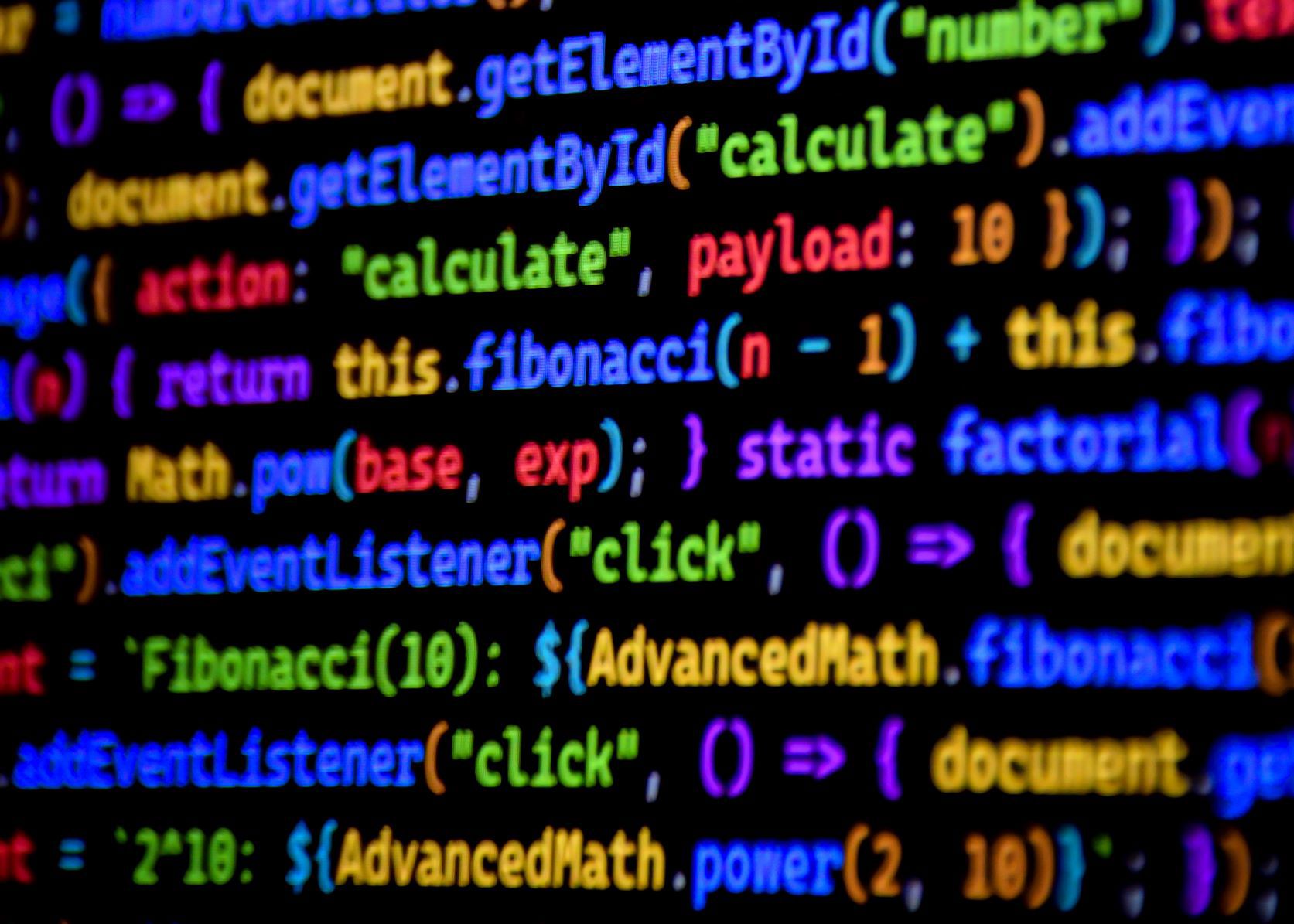Introduction to Full Stack Development: A Beginner’s Guide

Full-stack development is one of the most in-demand skills in today’s tech industry. As a full-stack developer, you're responsible for building and managing both the front-end and back-end of web applications. Whether you're interested in building sleek user interfaces, managing databases, or ensuring that an app runs smoothly from start to finish, full-stack development offers a comprehensive approach to web development. But if you’re just starting out, it can feel overwhelming. In this article, I’ll give you a beginner’s guide to full-stack development, explaining what it is, what skills you need to learn, and how to get started.
What is Full-Stack Development?
Full-stack development refers to the development of both the client-side (front-end) and server-side (back-end) parts of a web application. A full-stack developer is someone who has the skills to work on both these layers, effectively managing all aspects of a website or application.
Front-End Development (Client-Side): The front-end is everything that users see and interact with in a web application. It includes elements like the design, layout, and structure of the site, as well as user interactivity. Front-end development typically involves HTML, CSS, and JavaScript, with frameworks like React, Angular, or Vue.js often used to build dynamic user interfaces.
Back-End Development (Server-Side): The back-end is the part of the application that users don’t see, but it’s essential for making the front-end work. It involves the server, databases, and APIs that store and manage data. Back-end developers typically work with programming languages such as Python, JavaScript (Node.js), Ruby, PHP, or Java, and frameworks like Express.js, Django, or Spring.
A full-stack developer is skilled in both of these areas, allowing them to build a complete application from start to finish. Being proficient in both front-end and back-end technologies makes a full-stack developer a versatile and highly valuable member of any development team.
Key Skills for Full-Stack Development
If you want to get into full-stack development, here are the essential skills you’ll need to master:
1. HTML, CSS, and JavaScript
The building blocks of web development are HTML, CSS, and JavaScript. HTML provides the structure of a webpage, CSS defines its look and feel, and JavaScript adds interactivity. As a full-stack developer, you should have a solid understanding of these technologies to build functional and visually appealing web pages.
2. Front-End Frameworks
While HTML, CSS, and JavaScript are fundamental, using front-end frameworks can make your development process much more efficient. Frameworks like React, Angular, and Vue.js allow you to build complex user interfaces with reusable components, handle state management, and manage routing within your app.
3. Back-End Programming Languages
On the server-side, you’ll need to learn a back-end programming language. Popular options include:
JavaScript (Node.js): JavaScript isn’t just for the front-end; Node.js allows you to run JavaScript on the server-side as well. It’s a powerful tool that’s especially popular in full-stack development due to its asynchronous nature.
Python: Python is known for its simplicity and readability, making it a great choice for back-end development. Frameworks like Django and Flask are commonly used in Python-based back-end development.
Ruby: Ruby on Rails is a well-known web framework that emphasizes convention over configuration, making it easy to get started with.
PHP: PHP is a server-side scripting language used to create dynamic web pages and is widely used for content management systems like WordPress.
4. Databases
A full-stack developer must also know how to interact with databases. There are two main types of databases:
Relational Databases (e.g., MySQL, PostgreSQL): These databases store data in structured tables and support SQL queries.
NoSQL Databases (e.g., MongoDB): These databases are more flexible and store data in JSON-like formats, making them a good fit for applications that require scalability and flexibility.
Knowing how to interact with and manage databases is crucial for full-stack development, as you’ll often be responsible for storing, retrieving, and updating data from the server-side.
5. Version Control/Git
Git is an essential tool for version control, allowing you to track changes in your codebase and collaborate with other developers. Understanding Git and platforms like GitHub or GitLab will help you manage your code effectively and work in a team environment.
6. APIs (Application Programming Interfaces)
APIs allow different software systems to communicate with each other. As a full-stack developer, you should understand how to build and consume APIs. This knowledge will help you connect the front-end and back-end of your application, enabling features like user authentication and data retrieval.
How to Get Started as a Full-Stack Developer
Learn the Basics: Start by learning HTML, CSS, and JavaScript. These are the foundational skills of front-end development. Once you’re comfortable, dive deeper into front-end frameworks like React, Angular, or Vue.js.
Master Back-End Technologies: Choose a back-end programming language (Node.js, Python, Ruby, etc.) and learn how to build server-side applications. Familiarize yourself with back-end frameworks and libraries to make development faster and more efficient.
Get Comfortable with Databases: Learn SQL for relational databases and familiarize yourself with NoSQL databases like MongoDB. Practice creating and managing databases that interact with your server-side code.
Work on Projects: The best way to learn full-stack development is by working on real projects. Start with simple applications, like a to-do list app, and gradually build more complex projects. You can also contribute to open-source projects to gain experience and improve your skills.
Practice Version Control: Use Git to manage your code and collaborate with other developers. Get comfortable using GitHub or
GitLab to share your projects with others.
Stay Updated: The tech world evolves quickly, so it’s important to keep up with new tools, frameworks, and best practices. Follow blogs, join developer communities, and participate in forums like Stack Overflow or GitHub to stay on top of industry trends.
Conclusion
Full-stack development can seem intimidating at first, but with dedication and practice, anyone can become proficient in both front-end and back-end technologies. By mastering HTML, CSS, JavaScript, back-end programming languages, databases, and version control, you'll have the skills necessary to create complete web applications from start to finish. As you build experience and confidence, you’ll be well on your way to becoming a successful full-stack developer.
Whether you're interested in becoming a freelance developer, working for a tech company, or just building projects for fun, full-stack development is a rewarding and versatile skill set that opens up countless opportunities. Start small, stay focused, and keep building, and soon you’ll be creating dynamic, full-featured web applications.

